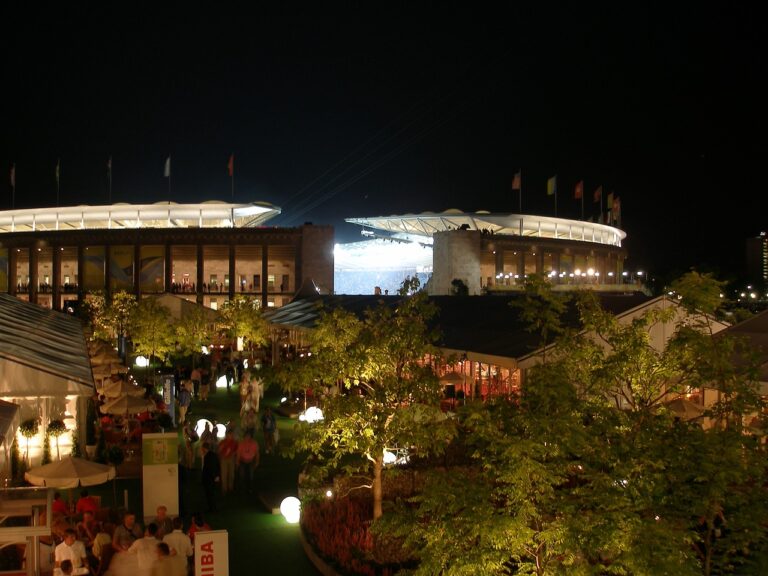Innovations in Stadium Roofing for Climate Control: All pannel.com, Play99, Golds 365
all pannel.com, play99, golds 365: Stadiums are not just venues for sports events; they are also major entertainment destinations that draw huge crowds throughout the year. With the varying weather conditions in different regions, providing climate control within these massive structures has become a significant concern for stadium owners and operators. Innovations in stadium roofing for climate control have been the game-changer in creating a comfortable and enjoyable experience for spectators and players alike.
1. Retractable Roofs:
One of the most common innovations in stadium roofing is the installation of retractable roofs. These roofs can be opened or closed depending on the weather conditions, allowing for natural ventilation and sunlight when needed while providing shelter during rain or extreme heat.
2. Transparent Roof Materials:
Transparent roof materials such as ETFE (ethylene tetrafluoroethylene) are being increasingly used in stadium construction. These lightweight, durable, and translucent materials allow natural light to enter the stadium while providing protection from the elements.
3. Solar Panels:
Many stadiums are incorporating solar panels into their roofing systems to generate renewable energy. Not only do these solar panels help reduce energy costs, but they also contribute to sustainability efforts and lower the stadium’s carbon footprint.
4. Cool Roofs:
Cool roofs are designed to reflect sunlight and absorb less heat, helping to lower indoor temperatures in the stadium. These roofs can significantly reduce cooling costs and improve energy efficiency.
5. Insulated Roofing Systems:
Insulated roofing systems help regulate indoor temperatures by providing better insulation against heat and cold. This innovation ensures that the stadium remains comfortable for both spectators and players, regardless of external weather conditions.
6. Automated Climate Control Systems:
Advanced climate control systems are being integrated into stadium roofing designs to monitor and adjust temperature, humidity, and airflow in real-time. These systems provide optimal comfort for everyone inside the stadium.
7. Green Roofing:
Green roofing involves growing vegetation on the stadium roof, which helps absorb heat, improve air quality, and provide natural insulation. Green roofs also create a unique aesthetic and eco-friendly atmosphere within the stadium.
FAQs
Q: How do retractable roofs work?
A: Retractable roofs are operated using motorized systems that allow the roof panels to slide open or close along tracks. This mechanism provides flexibility in controlling airflow and sunlight within the stadium.
Q: Are solar panels effective in powering the entire stadium?
A: While solar panels may not be able to power the entire stadium, they can significantly contribute to energy savings and reduce reliance on traditional power sources.
Q: Do insulated roofing systems require regular maintenance?
A: Insulated roofing systems typically require minimal maintenance, but it is essential to schedule regular inspections to ensure optimal performance and longevity.
Q: Can green roofing be implemented in all types of stadiums?
A: Green roofing can be adapted to various stadium designs, but factors such as structural support, drainage, and maintenance requirements need to be considered before implementation.
In conclusion, innovations in stadium roofing for climate control have revolutionized the way stadiums are designed and operated. By incorporating these advanced technologies and sustainable practices, stadium owners can create a comfortable and environmentally friendly space for all visitors. Whether it’s through retractable roofs, solar panels, or green roofing, these innovations are shaping the future of stadium construction and management.







